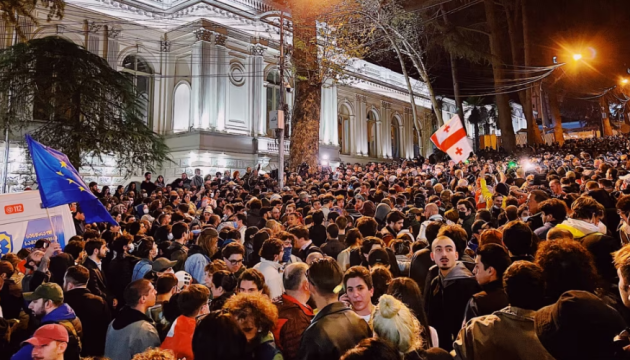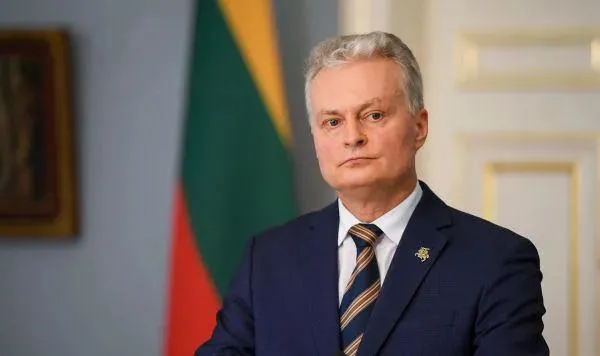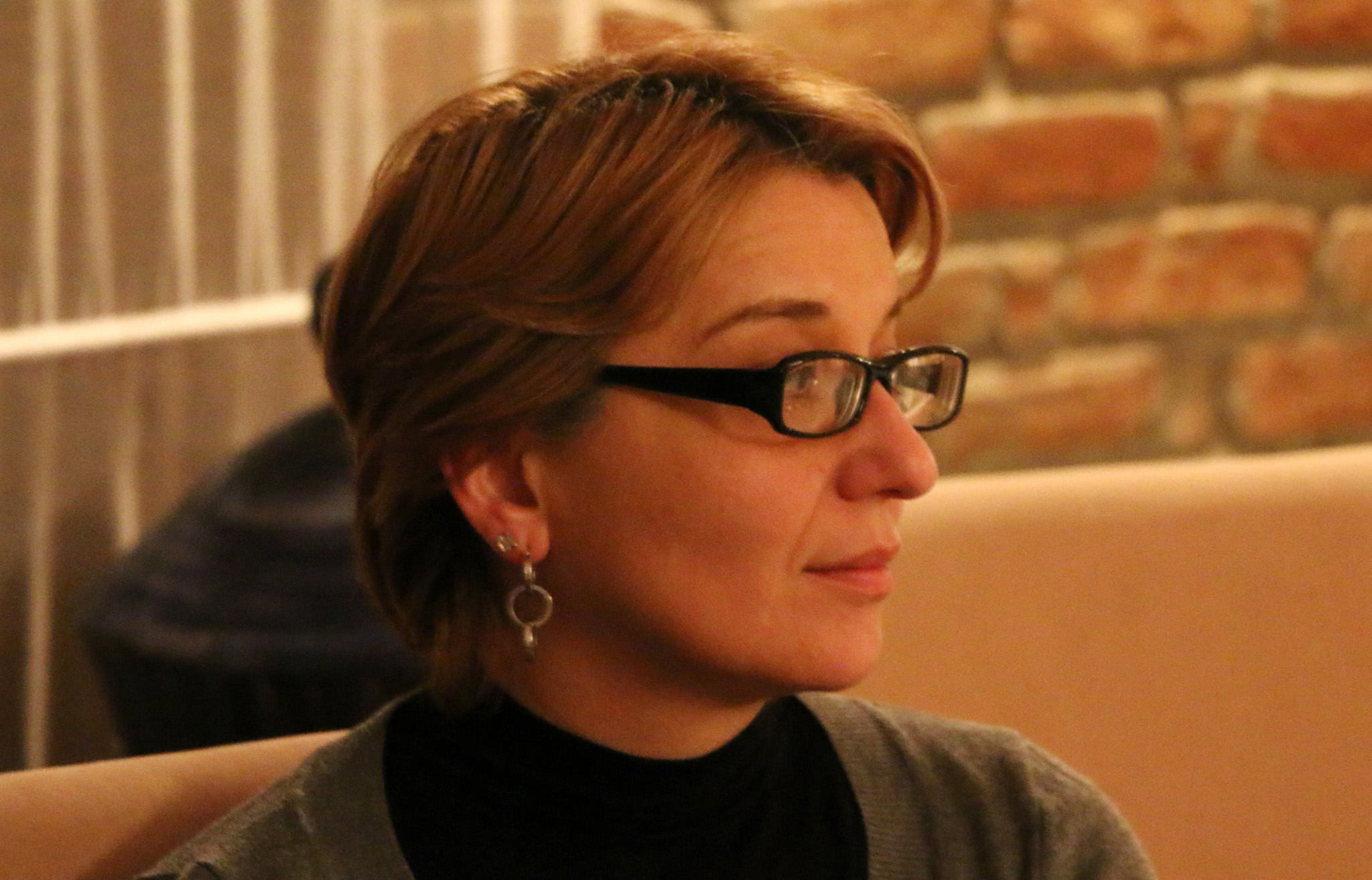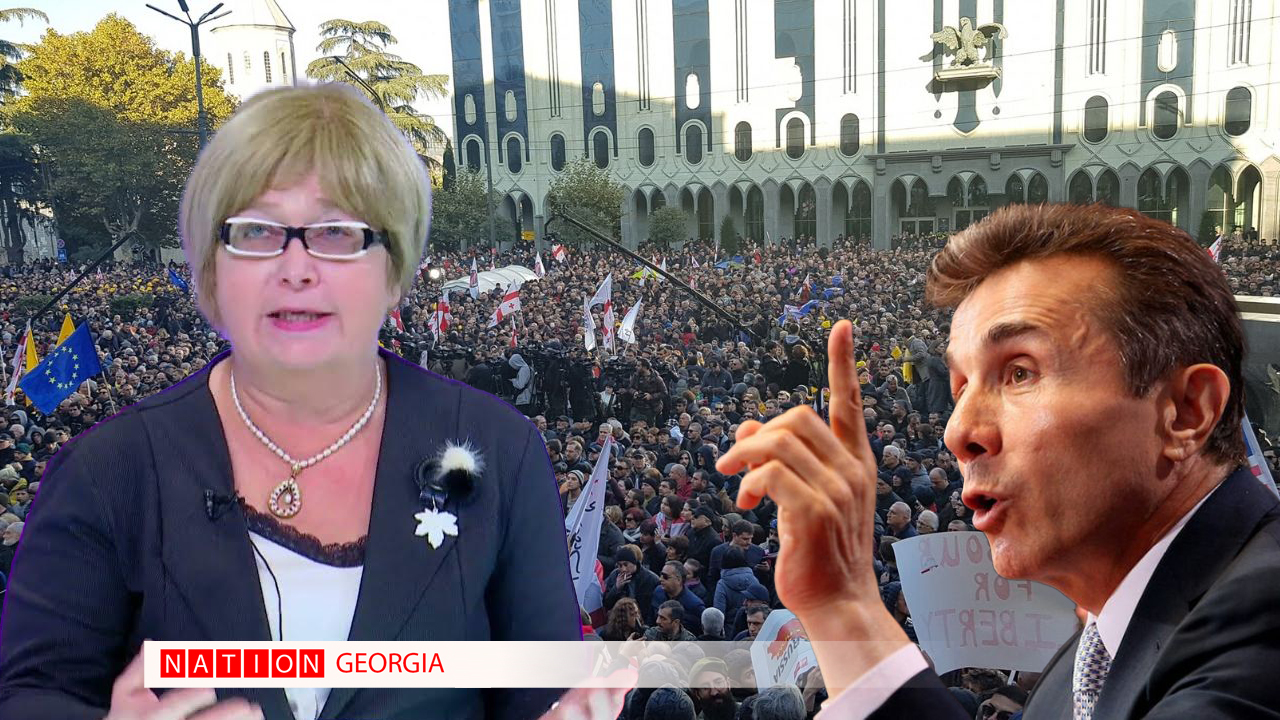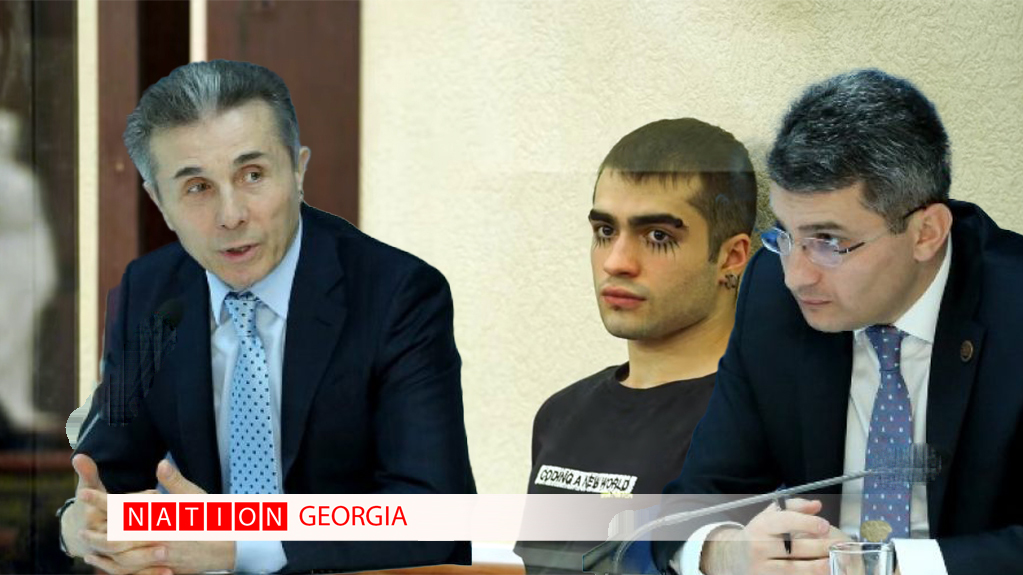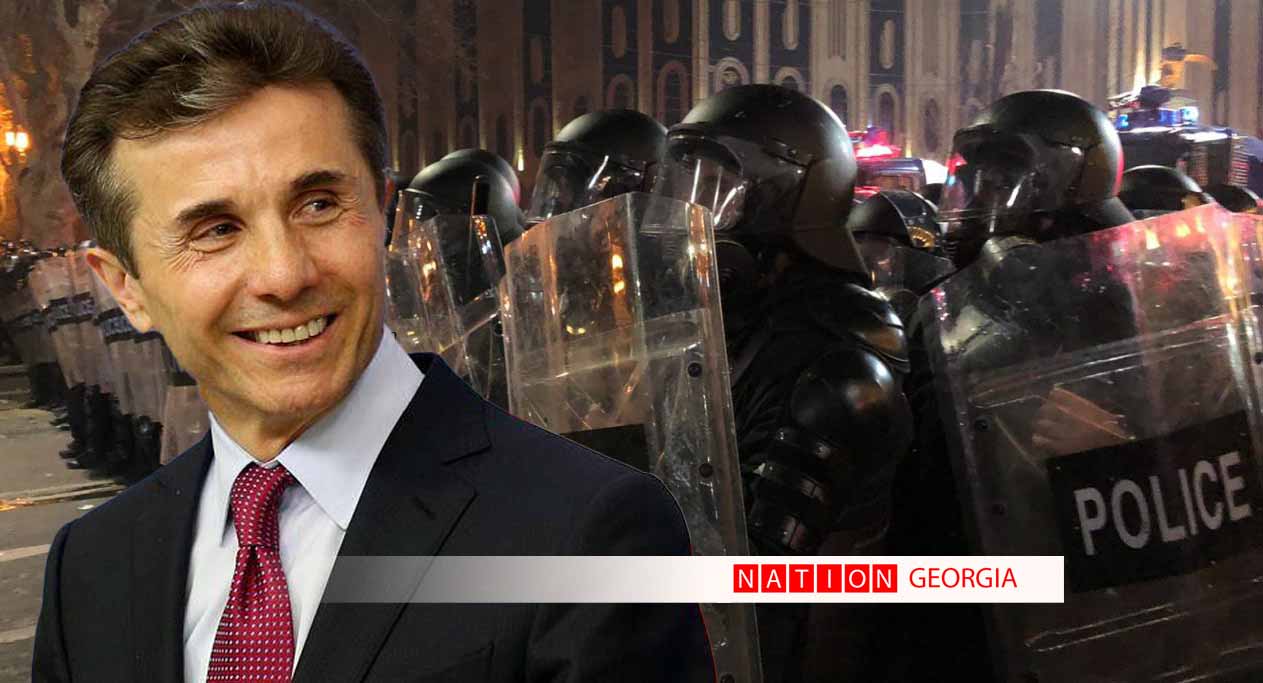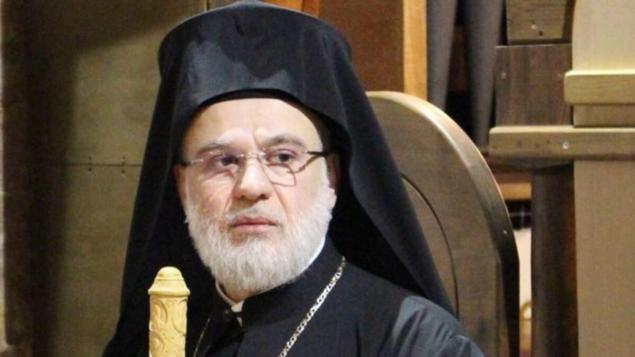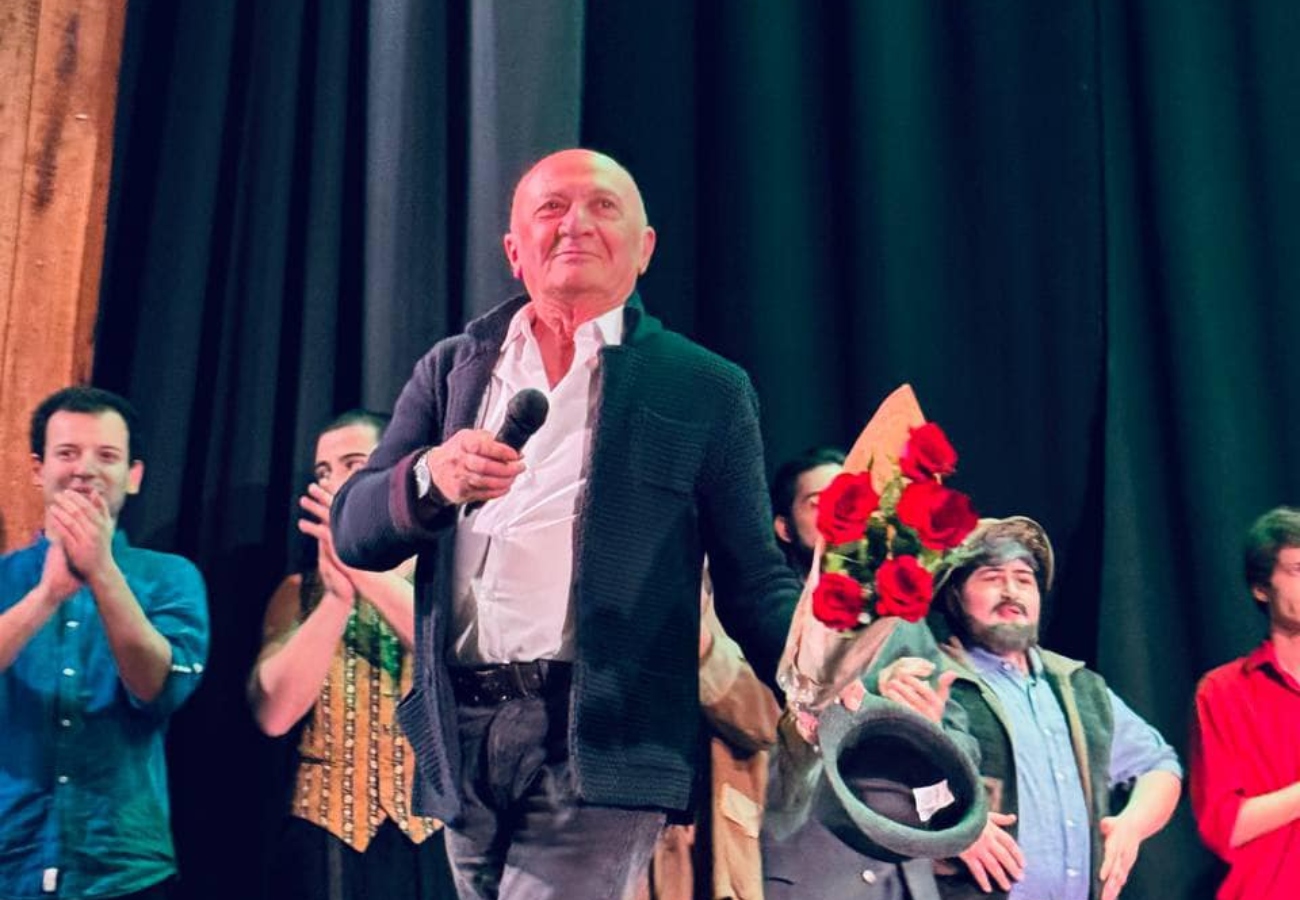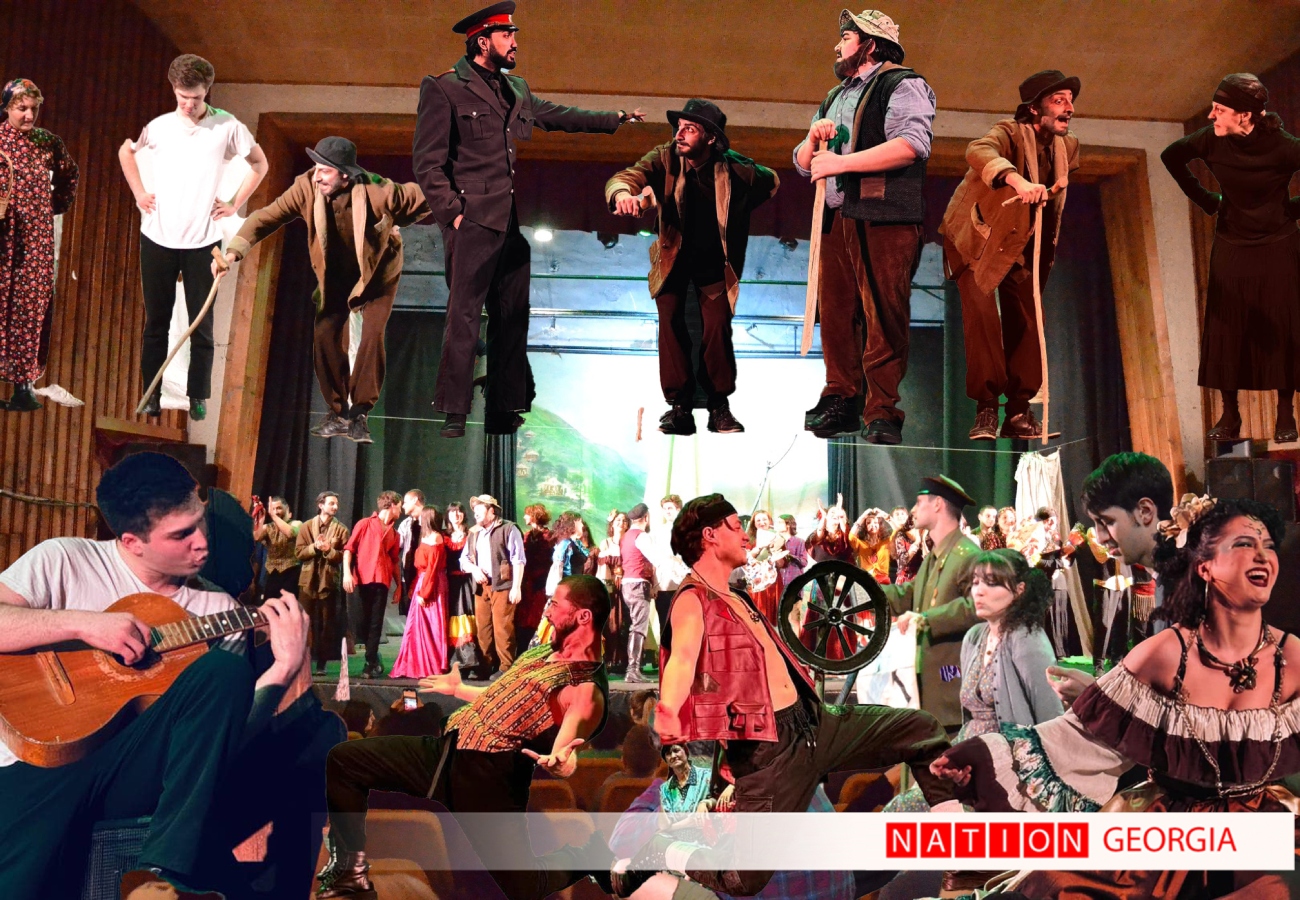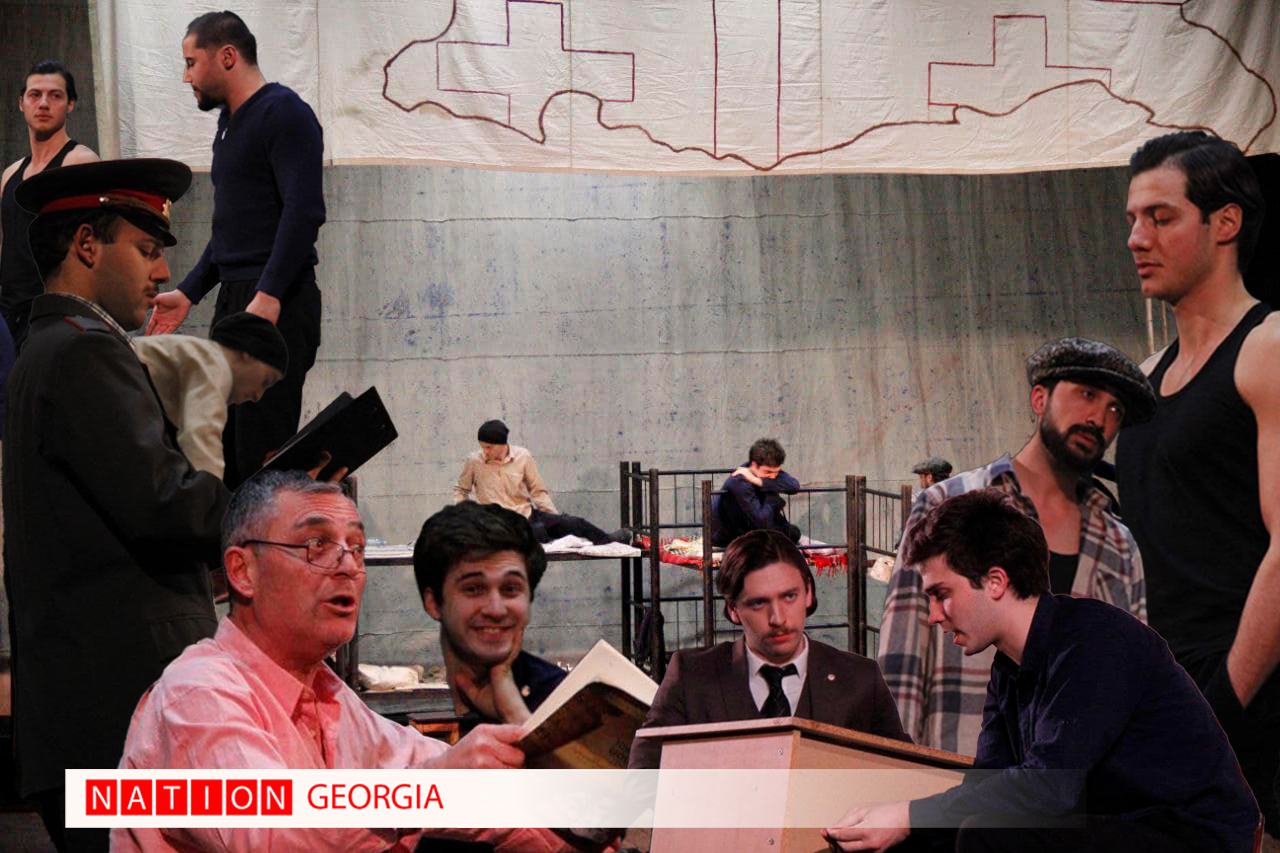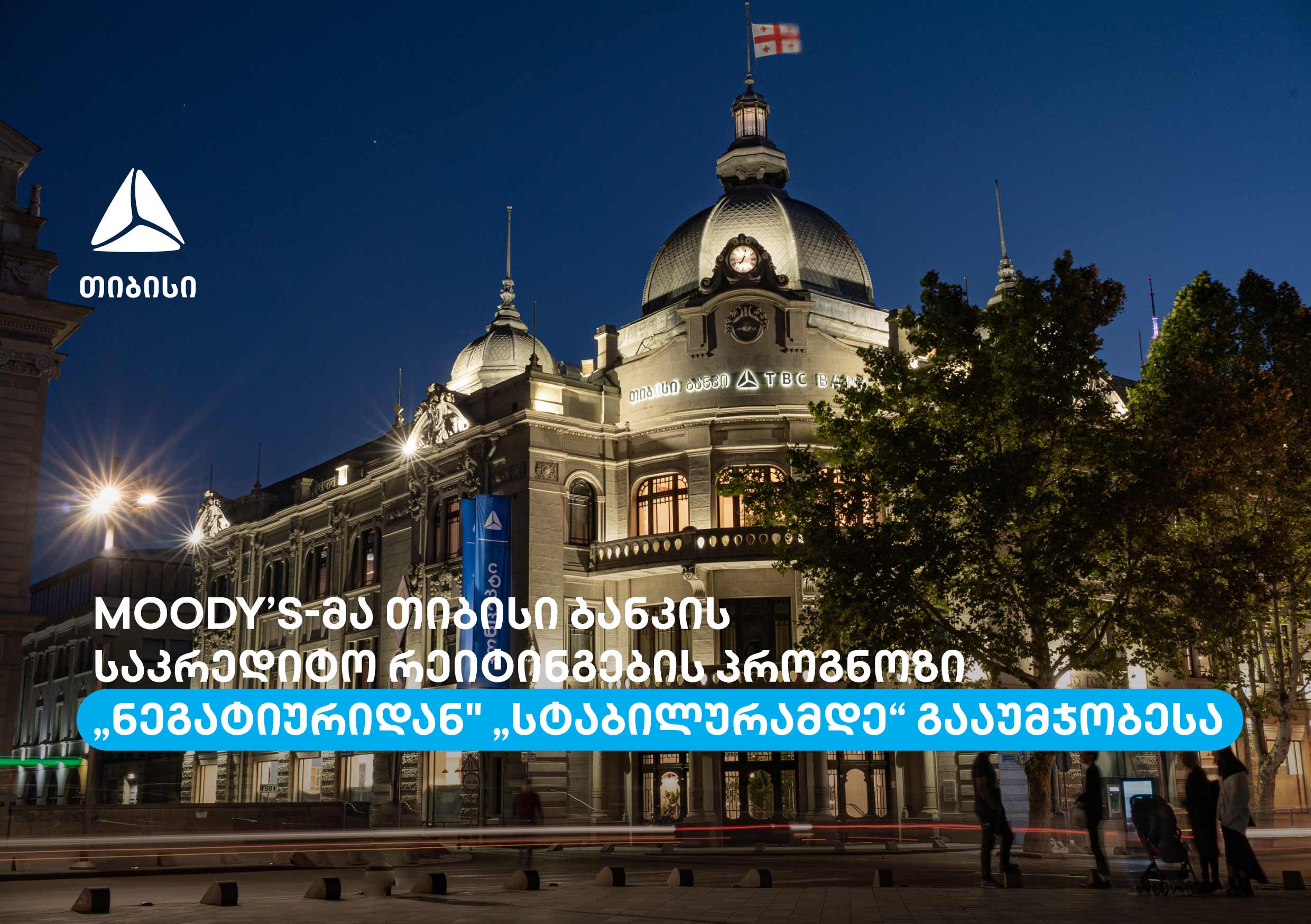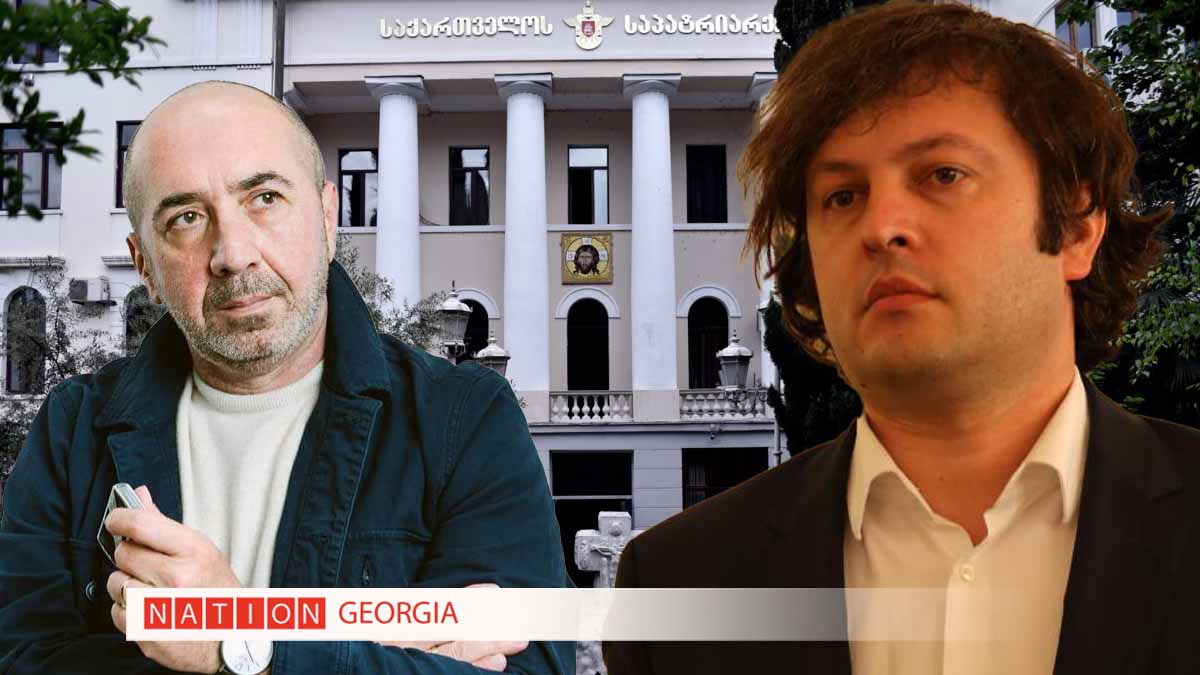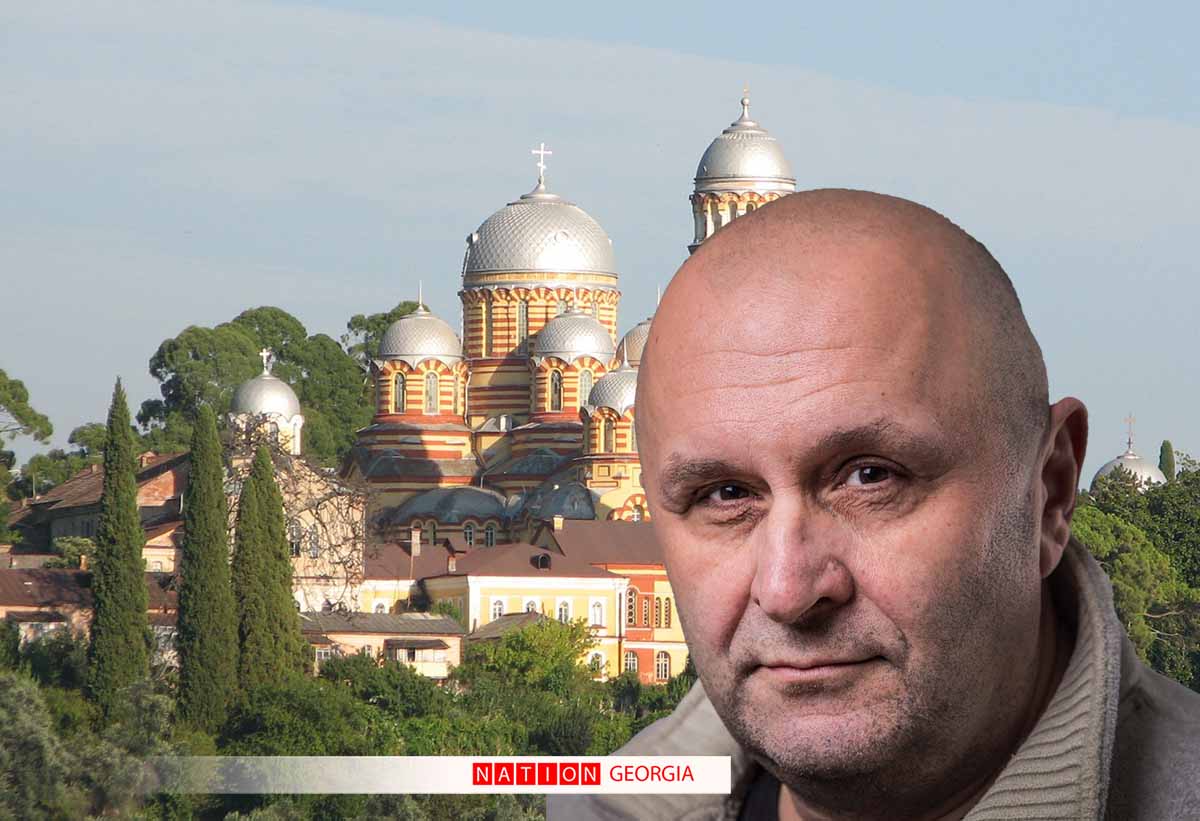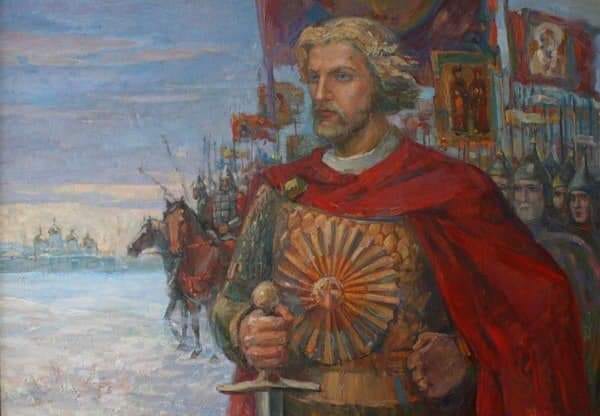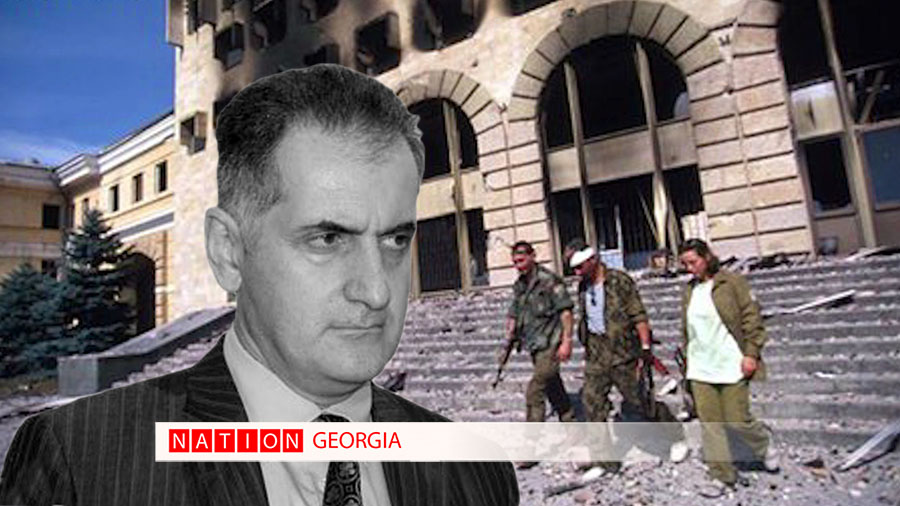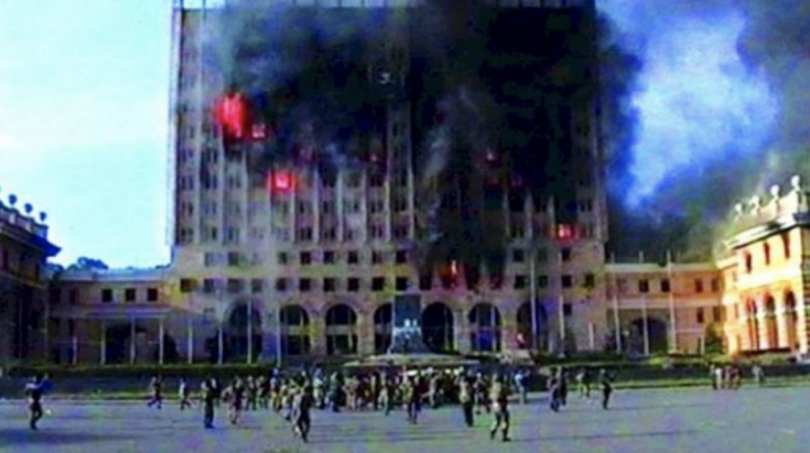
საქართველო/ Georgia
09.03.2020 | 12:39 ნახვები: 701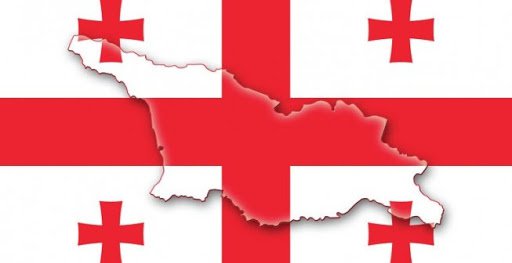
ფართობი _ 69,700 კმ²;
მოსახლეობა _ 3 720.4 ათასი კაცი (2016 წლის 1-ლი იანვრის მონაცემები);
მდებარეობა _ საქართველო მდებარეობს ევროპისა და აზიის გასაყარზე, კავკასიაში. დასავლეთიდან მას შავი ზღვა ესაზღვრება, ჩრდილოეთიდან _ რუსეთის ფედერაცია, სამხრეთ-აღმოსავლეთიდან _ აზერბაიჯანი, სამხრეთიდან კი _ სომხეთი და თურქეთი.
საქართველო უძველესი ცივილიზაციის ქვეყანაა. ეს ტერიტორია ადამიანებით, ჯერ კიდევ, 1.7-1.8 მილიონი წლის წინათ იყო დასახლებული, რასაც ადასტურებს 1999 წელს საქართველოს სამხრეთ-აღმოსავლეთით, ქალაქ დმანისის ტერიტორიაზე აღმოჩენილი ჰომო ერექტუსის (გამართული ადამიანი) თავის ქალა და არქანტროპის ქვედა ყბაც. დღეს დმანისელი ადამიანი ევრაზიის კონტინენტის უძველეს მკვიდრადაა მიჩნეული და მას „პირველ ევროპელსაც" კი უწოდებენ.
საქართველოს ტერიტორიაზე გადიოდა მნიშვნელოვანი სავაჭრო გზა, რომელიც „აბრეშუმის გზის" სახელითაა ცნობილი.
მეფე ფარნავაზ პირველი (ძვ. წ. 304-239 წწ.) საქართველოს ისტორიაში პირველი ოფიციალური პოლიტიკური ფიგურა იყო, რომელმაც მთელი რიგი სახელმწიფო და რელიგიური რეფორმები განახორციელა. ქართველოლოგიაში გამოთქმული მოსაზრების თანახმად, ფარნავაზის მიერ ქართული ანბანის შემოღების თარიღად ძვ. წ. აღ. 285-284 წლები მიიჩნევა.
ქრისტიანობა _ საქართველოში ქრისტიანობის გავრცელება I საუკუნიდანვე იწყება, როდესაც ღვთისმშობლის თხოვნით, მის წილხვედრ ივერიაში, მოციქულები _ წმ. ანდრია პირველწოდებული, სვიმონ კანანელი და მატათა ჩამოვიდნენ საქადაგებლად, თუმცა საქართველოს სახელმწიფო რელიგიად ქრისტიანობა 326 წელს გამოცხადდა.
ვახტანგ გორგასალმა V საუკუნის 60-70-იან წლებში დააარსა საქართველოს დღევანდელი დედაქალაქი _ თბილისი. ვახტანგ გორგასლის სახელს ასევე უკავშირდება ქართული ეკლესიისთვის ავტოკეფალიის _ „თვითმწყემსობის" მინიჭებაც.
დავით IV აღმაშენებელი _ (1089-1121 წწ.) საქართველოს ისტორიაში ერთ-ერთი ყველაზე გამორჩეული და წარმატებული მმართველი. მან ქვეყნისთვის საკმაოდ მძიმე პერიოდში მოახერხა დიდგორის უმძიმეს და უთანასწორო ბრძოლაში (1121 წლის 12 აგვისტო) მოწინააღმდეგის დამარცხება და თურქ-სელჩუკთა განდევნა. მასვე ეკუთვნის სამხედრო და საეკლესიო რეფორმის განხორციელება და სხვ.
მეფე თამარი (1184-1213 წწ.) პირველი ქალი მმართველია საქართველოს ისტორიაში, რომლის მეფობის პერიოდიც „ოქროს ხანის" სახელითაა ცნობილი. მისი მმართველობის დროს საქართველო კიდევ უფრო გაძლიერდა და კავკასიის უძლიერეს სახელმწიფოდ იქცა. თამარი იწოდებოდა: „მეფეთ მეფე და დედოფალთ დედოფალი აფხაზთა, ქართველთა, რანთა, კახთა და სომეხთა, შირვანთა და შაჰანშათა და ყოვლისა აღმოსავლეთისა და დასავლეთისა თვითმფლობელობითა მპყრობელი".
„ვეფხისტყაოსანი" _ მსოფლიო მნიშვნელობის პოემა, რომელიც შუა საუკუნეების საქართველოს ეროვნული და კულტურული მონაპოვარია, თამარის მეფობის ხანაში დაიწერა. მისი ავტორის, შოთა რუსთაველის შესახებ, ძალიან მწირი ინფორმაციაა შემორჩენილი. ქართველებისთვის „ვეფხისტყაოსანს" განსაკუთრებული მნიშვნელობა ჰქონდა და იგი ბევრ ოჯახში დღესაც სამაგიდო წიგნია. „ვეფხისტყაოსანი" 50-ზე მეტ ენაზეა ნათარგმნი და აღიარებულია, როგორც მსოფლიო კულტურის შედევრი.
ერეკლე II (1720-1798 წწ.) _ ქართლ-კახეთის მეფე ყოველმხრივ ცდილობდა ქვეყნის განახლება-გაძლიერებას, მაგრამ სამეფო კარზე აგორებულმა ინტრიგებმა, ფეოდალების ქიშპობამ, ბატონიშვილების მრავალრიცხოვნების გამო სამეფოს დარღვეულმა ერთიანობამ და რაც მთავარია, ირანელთა შემოსევამ ამის საშუალება არ მისცა. მეფე იძულებული გახდა, რუსეთის იმპერიასთან კავშირი შეეკრა და ხელი მოაწერა „გეორგიევსკის ტრაქტატს" (1783 წელი). რუსეთმა ტრაქტატის პირობები მალევე დაარღვია და მეფის გარდაცვალების შემდეგ საქართველოს სამეფო-სამთავროების გაუქმება დაიწყო, რაც ძალთა უთანასწორობის გამო მალევე მოახერხა. ამის შემდეგ საქართველოს ტერიტორია რუსეთის გუბერნიად იქცა.
საქართველოს დამოუკიდებლობა _ რუსეთში მონარქიის დამხობის შემდეგ საქართველოში დამოუკიდებლობის გამოცხადების იდეა გაჩნდა, რომლის ხორცშესხმა 1918 წლის 26 მაისს მოხერხდა.
საქართველოს ანექსია _ საქართველოს დამოუკიდებლობამ დიდხანს ვერ გასტანა, რადგან 1921 წლის 25 თებერვალს ქვეყანაში რუსეთის წითელი არმია შემოიჭრა. ქართველებმა მტერს წინააღმდეგობა გაუწიეს. საქართველოს დამოუკიდებელი მთავრობა ემიგრაციაში წავიდა.
პოსტსაბჭოთა პერიოდი _ XX საუკუნის 80-იანი წლების მეორე ნახევარში საქართველოში ანტისაბჭოთა მოძრაობა გააქტიურდა. 1989 წლის აპრილში, საქართველოს დამოუკიდებლობის მოთხოვნით, თბილისში მშვიდობიანი საპროტესტო აქციები იმართებოდა, რომელიც საბჭოთა არმიამ 9 აპრილს უსასტიკესად დაარბია. ყველაფერ ამას 17 ადამიანის სიცოცხლე შეეწირა. უამრავი ადამიანი დაშავდა და დაინვალიდდა.
საბჭოთა კავშირის დაშლის შემდეგ საქართველომ დამოუკიდებლობა გამოაცხადა და ქვეყნის პირველ პრეზიდენტად, მოსახლეობის აბსოლუტურმა უმრავლესობამ, ეროვნული მოძრაობის ერთ-ერთი ლიდერი _ ზვიად გამსახურდია აირჩია.
ამავე პერიოდში, 90-იანი წლების დამდეგს, საქართველოს ორ რეგიონში _ აფხაზეთსა და სამაჩაბლოში (ე. წ. სამხრეთ ოსეთი) მიმდინარეობდა კონფლიქტი. მაშინ კონფლიქტის დაწყების მიზეზად ეთნიკურ ნიადაგზე წარმოქმნილი პრობლემები სახელდებოდა, თუმცა მოგვიანებით დადასტურდა, რომ კონფლიქტის მხარე არა აფხაზეთი ან ცხინვალის რეგიონი, არამედ რუსეთი იყო, რომელიც რეგიონში სეპარატიზმს უჭერდა მხარს.
2008 წლის აგვისტოში რუსეთი საქართველოს კვლავ დაესხა თავს და ზემო აფხაზეთისა და ყოფილი სამხრეთ ოსეთის იმ ტერიტორიების ოკუპაციაც მოახდინა, რომლებზედც საქართველოს იურისდიქცია ვრცელდებოდა.
ამჟამად საქართველოს ტერიტორიის 20% ოკუპირებულია რუსეთის ფედერაციის მიერ!
საქართველო უძველესი, მრავალსაუკუნოვანი და მდიდარი კულტურის ქვეყანაა, რაზედაც მიანიშნებს, ჯერ კიდევ, ძველი წელთაღრიცხვის პერიოდში შექმნილი კულტურის ძეგლები და ხელოვნების სხვადასხვა ნიმუში. ჩვენს წელთაღიცხვამდე არსებულ ქართულ სახელმწიფოებში (იბერია, კოლხეთი) განვითარებული იყო ოქრომჭედლობა და არქიტექტურა (ვანი, უფლისციხე), ენეოლითის ხანაში ქართველი ტომები ლითონს აწარმოებდნენ. ბერძნული წყაროებისა და მითების თანახმად, კოლხეთი ოქროთი მდიდარი ქვეყანა იყო.
საქართველო გამორჩეულია მრავალფეროვანი არქიტექტურული ნაგებობებით, რომლებიც ქვეყნის საგანძურადაა ქცეული. დიდსა და პატარა ქალაქებსა თუ სოფლებში მრავლადაა უნიკალური სტილის არქიტექტურული ტაძრები რთული დეტალებითა და გასაოცარი ფრესკებით. დღემდე შემორჩენილია პირველ ათასწლეულში ნაგები ეკლესია-მონასტრები, რაც იმის მანიშნებელია, რომ საქართველოში ძალიან იყო განვითარებული სამშენებლო ტექნოლოგია.
მე-19 საუკუნის მიწურულს ევროპაში მოდერნიზმის განვითარებამ ქართულ არქიტექტურაზეც იქონია გავლენა _ თბილისისა და ბათუმის ქუჩები სწორედ ამ სტილში იქმნებოდა, რასაც შემდეგ შეერწყა საბჭოთა ეპოქაში აშენებული შთამბეჭდავი შენობები.
ქართული კულტურის ფორმირებაში დიდი როლი შეასრულეს აღმოსავლეთისა და დასავლეთის ცივილიზაციებმა. ამ ორი ცივილიზაციის შერწყმით საქართველომ ინდივიდუალური ეროვნული კულტურა შექმნა. ამ პროცესში გადამწყვეტი როლი შეასრულა ხატწერამ, ფერწერამ და მინანქარმა. რაც შეეხება ტიხრულ მინანქარს, ეს მიმართულება საქართველოში წარმოიშვა და მის სამშობლოდ სწორედ ჩვენი ქვეყანა მიიჩნევა.
ქართული კულტურის მნიშვნელოვანი ნაწილი ხალხური მუსიკაა, რომელიც უნიკალურია მსოფლიო მასშტაბით. ქართული ფოლკლორისთვის დამახასიათებელია მრავალხმიანობა, რომელიც ხალხური მუსიკალური აზროვნების მწვერვალს წარმოადგენს.
გამოჩენილი მეცნიერები, ფოლკლორისტები, ეთნომუსიკოლოგები, კომპოზიტორები და მუსიკოსები აღიარებენ, რომ განვითარების დონით მსგავსი მრავალხმიანობა მსოფლიოში არსად გვხვდება.
ქართული კულტურის ასევე მნიშვნელოვანი ნაწილია ქართული თეატრი, მუსიკა, მხატვრვრობა და, რა თქმა უნდა, ეროვნული ცეკვა. თითოეულ კუთხეს მისთვის დამახასიათებელი ცეკვა აქვს, რომელშიც კარგად ჩანს ამა თუ იმ კუთხის ტრადიციები, თავისებურებები და ადგილობრივთა ხასიათი.
Area _ 69,700 km²;
Population _ 3 720.4 (as of January 1, 2016);
Climate _ diverse: precipitations - small amount, air - dry;
Location _ Georgia is located at the crossroads of Europe and Asia, in particular, in the Caucasus. To the west it is bordered by the Black Sea, to the north _ the Russian Federation, to the south-east - Azerbaijan, to the south _ Armenia and Turkey.
History
Georgia is the country of ancient civilization. This area was inhabited 1.7-1.8 million years ago. This fact is proven by Homo erectus (human) skull and Archanthropos lower jaw discovered in Dmanisi territory, in the south-east of Georgia, in 1999. Nowadays Dmanisi people are regarded as the oldest inhabitants of Eurasia and even called "The First European".
Important trading route, known as the "Silk Road" passed the territory of Georgia.
The first political figure in Georgian history was the King Parnavaz the first (BC 304-239), who implemented series of state and religious reforms. His name is linked with the introduction of written language in Kartli. He is called as the first ruler of Iberia and creation and popularization of Georgian written language is linked to them. According to the opinion in Georgian studies, Parnavaz introduced Georgian alphabet in 285-284 BC.
Christianity - Dissemination of Christianity in Georgia started from the 1st century I, when, by request of Holy Virgin, the apostles, St. Andrew the first-called, Simon the Canaanite and Mathias visited Georgia for preaching. Though, Christianity was announced as a state religion in Georgina only in 326.
In 60-70s of V century Vakhrang Gorgasali founded current capital of Georgia, Tbilisi. Autocephaly of Georgian church is linked with Vakhtang Gorgasali.
In the history of Georgia, one of the most distinguished and successful kings was David IV the Builder (1089-1121). During his reign the enemies tried to establish peaceful and good neighborhood relationship. He was able to defeat the enemy and expel Turk-Seljuk in the hardest and unfair fight in Didgori (August 12, 1121) in a very difficult period for the country. He implemented military and church reforms, etc.
King Tamar (1184-1213) the first female ruler in the history of Georgia; the period of her reign is known as "Golden Age". During her reign Georgia became stronger and turned into one of the strongest states in the Caucasus. Tamar was referred to as "The king of kings and queen of queens of Abkhazian, Georgians, Rans, Kakhs and Armenians, Shirvans and Shahanshata and Owner of all Eastern and Western owners". Due to regular military campaigns, Georgian Kingdom subordinated east and west Caucasus trading roads under its control. Tamar together with Greeks created Trebizond Kingdom on the south coast of the Black Sea, populated by Lazian-Chanetian tribes. During the period of Tamar, Georgia tried to substitute the Empire of Byzantium and played the role of the defender of Western culture.
During the period of Tamar's reign, the poem "The Knight in Panther's Skin", having the worldwide importance, was written, which is the national and cultural monument of Middle Ages. There is very poor information about its author, Shota Rustaveli. For Georgians, „The Knight in Panther's Skin" has special importance and it is still regularly readable book in many families. „The Knight in Panther's Skin" is translated into more than 50 languages and is acknowledged as the world culture masterpiece.
Erekle II (1720-1798) the king of Kartli and Kakheti, tried his best to strengthen the country, but the intrigues of royal door, rivalry of feudals, violated integrity of the kingdom due to multiple princes and finally attacks of Persians did not allow him to achieve it. The king was forced to establish contact with Russian Empire and sign the "Georgievsk Treaty" (1783). Russian side violated the Treaty conditions very soon and, after the death of the King, started abolishment of Georgian kingdom and princedoms and achieved it in the shortest period due to unequal distribution of the power. Since then Georgian territory became the province of Russia.
Independence of Georgia - After overthrow of monarchy in Russia, the idea of independence of Georgia appeared, which was fulfilled on May 26, 1918. The coalition government of Democratic Republic of Georgia was established, Noe Ramishvili was selected as the first chairperson, who was then substituted by Noe Zhordania since July 24.
Annexation of Georgia - Independence of Georgia did not last long, as on February 25, 1921 Russian Red Army entered in the country. The government of independent Georgia immigrated. Georgia became a Soviet country.
Post-Soviet Period - in the second half of the 80s of the XX century the movement against soviet governance became active. In April, 1989, actions were held in Tbilisi with the demand of independence of Georgia; on April 9 Soviet Army raided the action and 17 people were killed and many were injured and disabled.
After collapse of Soviet Union, Georgia announced independence and one of the leaders of national movement, Zviad Gamsakhurdia was elected as the first President of the country.
In the same period, in early 90ies, there were conflicts in two regions of Georgia, in Abkhazia and Samachablo (the South Ossetia). Then, ethnic problems were named as the reason for the conflict, though later on it was proven that the party of conflict was neither Abkhazia, nor Tskhinvali region (the South Ossetia), but Russia, supporting separatism in the region.
In August 2008 Russia attacked Georgia again and occupied the territories in upper Abkhazia and former South Ossetia, which were under jurisdiction of Georgia. Currently, Russia is called as an occupant in official documentation of various international organizations and other states. Currently, 20% of Georgian territory is occupied.
Georgia is the country of ancient and rich culture, as indicated by cultural sites and various art works created in ancient period. In Georgian states existing Before Christ (Iberia, Colchis), goldsmithery and architecture (Vani, Uplistsikhe) was developed; Georgian tribes produced metal in Eneolithic age. According to Greek sources and myths, Colchis was rich in gold.
In various periods, Georgian cultural traditions were merging with foreign traditions, further enriching local culture.
Georgia is distinguished with diversified architectural buildings being the treasure of the country. There are multiple architectural temples in big or small towns, in the villages, having complicated details and amazing frescos. The churches and monasteries built in the first millennium are still preserved, indicating that construction technology was well-developed that time.
At the end of 19th century development of modernism influenced Georgian architecture. The streets in Tbilisi and Batumi were created in this style, further merging with the impressive structures built in Soviet period.
Eastern and western civilizations played great role in formation of Georgian culture. By merging of those two civilizations Georgia created individual national culture. In this process, iconography, fine art and enamel played major role. As for cloisonné enamel, this direction emerged in Georgia and our country is considered as the land of its origin.
Important part of Georgian culture is folk music, which is unique all over the world. Georgian folklore is characterized by polyphony, which is the top of folk music thinking.
It is not accidental, that UNESCO recognized Georgian polyphonic songs as an intangible cultural monument and included it in the List of Cultural Heritage, approving universal value of Georgian traditional polyphony once again.
Famous scientists, folklorists, ethno-music scientists, composers and musicians recognize that there is no similarly developed polyphony in the world.
For centuries, Georgian church songs achieved high level of development. According to various researches, it is defined, that this is professional art and not the part of folk work.
Theatre, music, art and national dance form integral part of Georgian culture. Each part of country has its specific dance, demonstrating its traditions, particular and local character. Georgian folk dance is a kind of show with swords in the air, "flying" warriors, "coquettish" girls, extraordinary costumes and a unique rhythm - spectators are never bored watching them.

